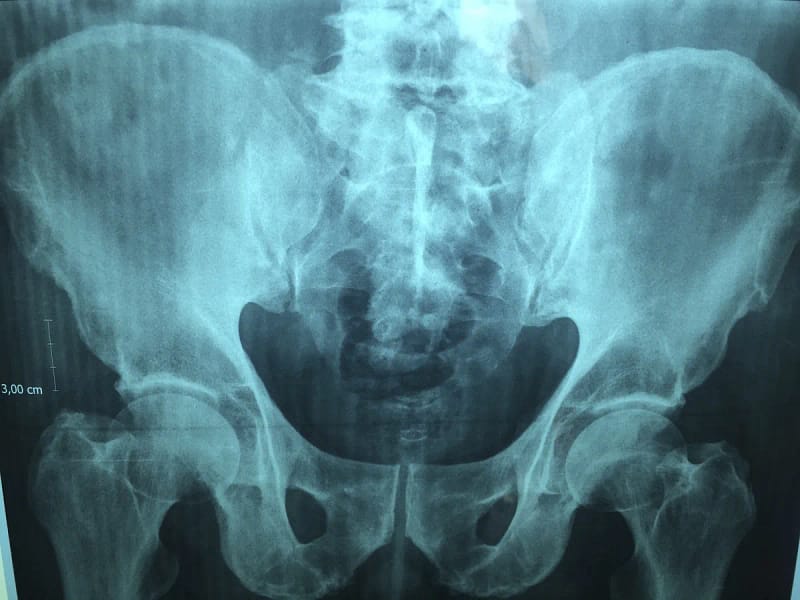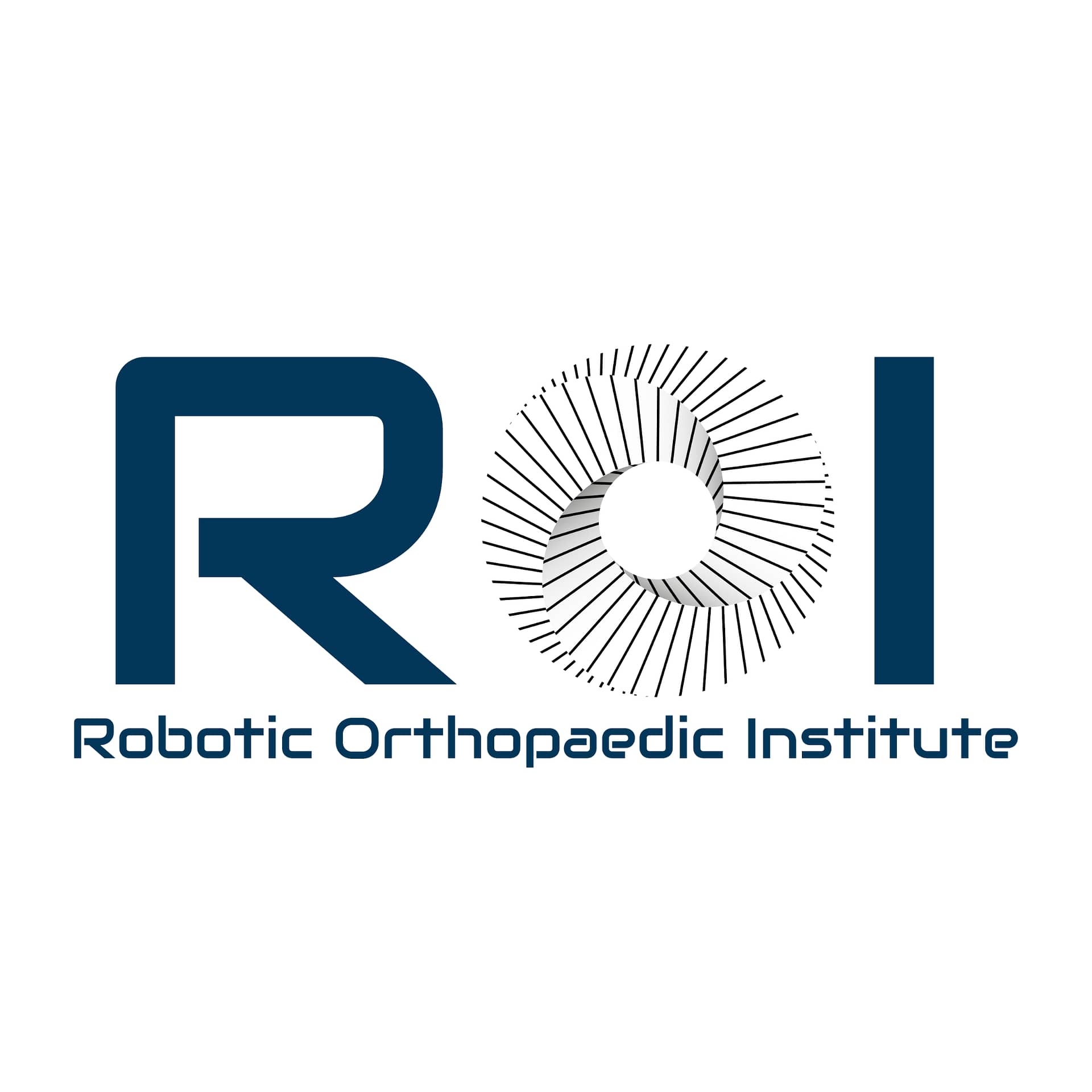
A hip replacement, or “arthroplasty”, resurfaces damaged parts of the hip joint by placing a manufactured implant to cover the ball and socket surfaces. Dr Hicken does not simply “chop out” the old hip and toss it in the bin.
The implant we use is made from Oxinium®, metal, and medical grade plastic (polyethylene) liner. The implant used by Dr Hicken is different than implants used elsewhere in Southern Utah, Preston, Idaho, and Mesquite, Nevada. It been specially treated to produce a ceramic surface that has longer wear and smoother surface than other implants. If you need the replacement you had before done again, we can use the Oxinium® replacement parts.
If one leg is a different length than another, the placement of the stem part of the implant can be adjusted to make your legs the same length.
About 25 out of every 10,000 people need one or both hips replaced due to osteoarthritis – the wear and tear type of osteoarthritis. Depending on lifestyle and your activities in earlier life, the necessity for a hip replacement can come earlier than Medicare eligibility, but people were required to wait because the implants only lasted 10-15 years. Now that we have access to a 30-year service life hip replacement, we’re seeing patients in our office who need a hip replacement in their late 40s and early 50s. The years of waiting is no longer necessary.
At Robotic Orthopaedic Institute, we can get the process started with an initial consultation and x-rays in about 5 business days. We can arrange to perform the surgery within about 30 days, if you are healthy and have labs and an EKG to ensure you are healthy enough to undergo the procedure. During that 30 days, we work on surgical authorization, and get all your other post-operative arrangements in place, wait for lab and EKG results, and anesthesia clearance.
Because we use an outpatient surgery center in St George, you are home the same night recuperating with friends and family nearby. The cost is lower than having the procedure in a hospital as an inpatient, or as an outpatient. In St George, the local hospital claims it has no time available to allocate to Dr Hicken for a surgical block of time to perform procedures. It also does not own a joint replacement robot. Therefore, he does not maintain privileges there.
Patients transfer to Dr Hicken from other physicians because they want the robotic-assisted option, the 30 year implant, and the direct anterior approach. Simply let us know you want to transfer and obtain copies of your records and x-rays for faster access.
If you are looking for a Direct Anterior Approach Hip Replacement instead of the old-fashioned posterior approach where several muscles are cut and require healing, you’re in luck. Dr Hicken is one of the only surgeons in Southern Utah who uses the “Direct Anterior Approach” for most hip replacements. Patients seek him out from Canada to the Caribbean to have robotic-assisted direct anterior hip replacement because of his expertise and lower cost than traveling to Thailand, India, or Mexico. He was trained at the Mayo Clinic, rated second in the USA for joint replacement training by several rating platforms.
Using the direct anterior approach Dr Hicken can help you heal faster with a lower risk of infection. With the direct anterior approach, there is less surrounding tissue disruption because he simply moves the muscles out of the way instead of cutting them. As a result you experience less pain and a quicker return to an active lifestyle. Some of our patients have reported returning to snowboarding just a quick six weeks after surgery. Golf, cycling, and hiking are also pretty quick to resume. With the Direct Anterior Approach, there’s significantly less risk of dislocation after surgery than with the posterior approach.
Hip replacement may be needed due to conditions like osteoarthritis, hip injuries where the hip was already damaged by osteoarthritis that it makes more sense to replace than repair. It may also be necessary if your older implant has worn out or become loose, or was never sized properly to begin with. When you begin to frequently complain of pain, loss of function, sleep disturbance, and limited mobility, it’s time to come in for a consultation and assessment of your options.
Traditional Medicare Coverage: Medicare covers 80% of hip replacement surgery costs if the procedure is deemed medically necessary by a doctor. The patient is responsible for the remaining 20%. If you have a supplemental insurance policy, robotic-assisted, direct anterior hip replacement may cost you nothing extra out of pocket for the surgery, surgeon, assistant surgeon, anesthesiologist, home health services (nursing and physical therapy), your cold compression therapy device, your walker, outpatient physical therapy, your follow up x-rays and your follow up visits. Your medication will cost you under $50 if you have a Medicare prescription drug plan.
Medicare Advantage Plan Coverage: Costs out of pocket can vary if you have a plan that includes copayments for certain services. We can look that up for you and give you our best estimate.
Employer and Private Health Plan Insurance: After your deductible is satisfied, your insurance will often cover almost everything, depending on plan design and copayments or coinsurance. We participate with over 1800 insurance plans, but SelectHealth, Aetna and Educator’s Mutual Insurance and Molina have elected not to include us in their network due to pre-existing contractually-exclusive covenants with our competitors. For those patients, we can offer the cash pay option.
Cash Pay Hip Replacement: If you are uninsured or choose not to use your insurance, the Robotic-assisted Hip Surgery Package using the top of the line 30-year implant costs $21,300. Your other costs amount to about $7000 at the end of year one if there are no unexpected complications. Complications are extremely rare. That extra $7000 covers home health services (nursing and physical therapy), your cold compression therapy device, your walker, outpatient physical therapy, your follow up x-rays and your follow up visits and your medication.
Medical Travel Arrangements: If you need to travel to us from another area, the hotel we use costs $98 per night taxes and breakfast included for two people. People generally stay 3-4 nights. And in many instances, if you live within 900 nautical miles and are willing to fly in a private plane or jet, we can arrange flights for you and a companion directly into St George, Utah or Mesquite, Nevada, or Preston, Idaho without cost from most any local airport with a long enough runway to accommodate that aircraft.
